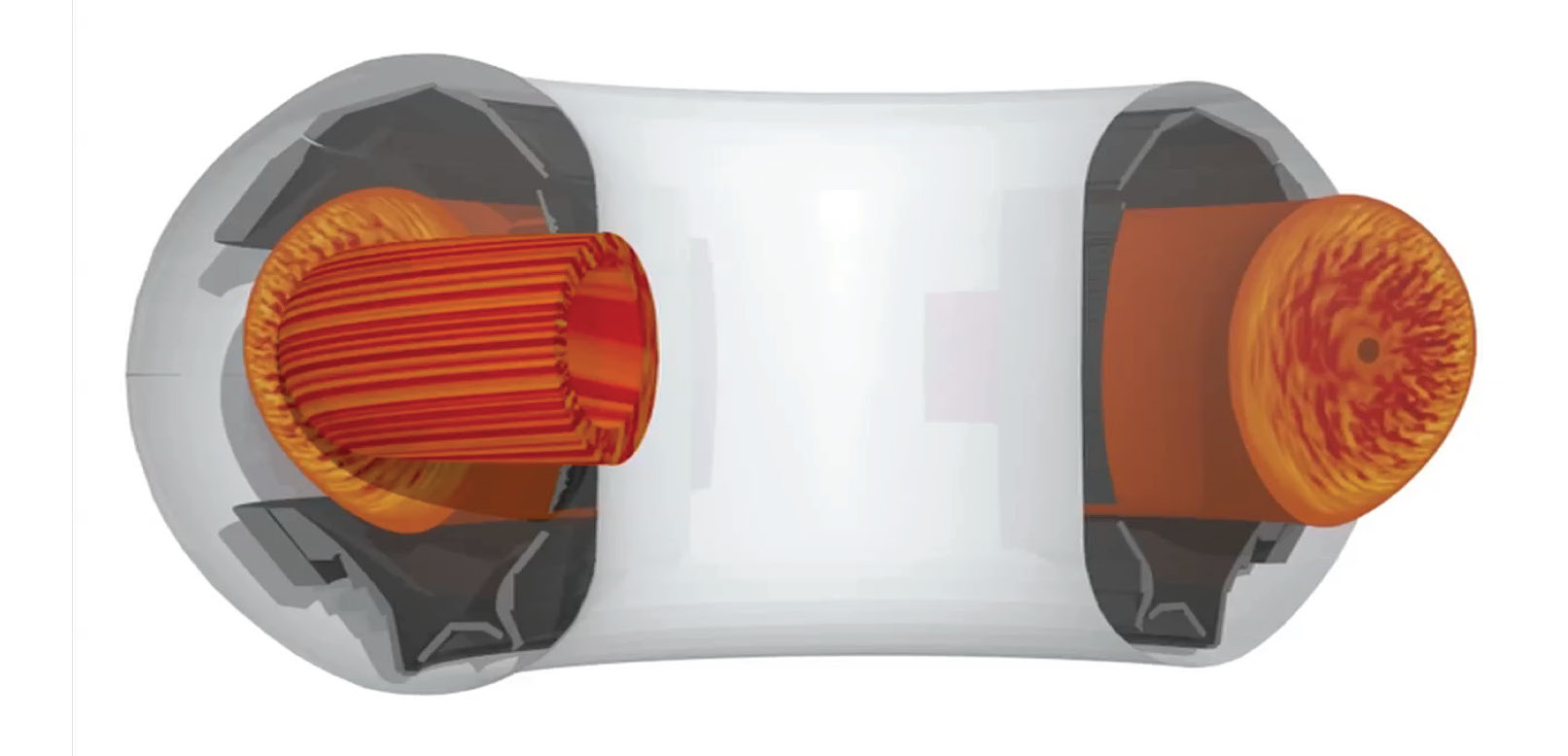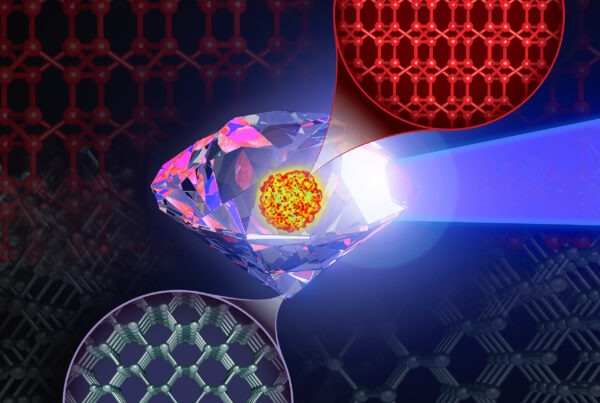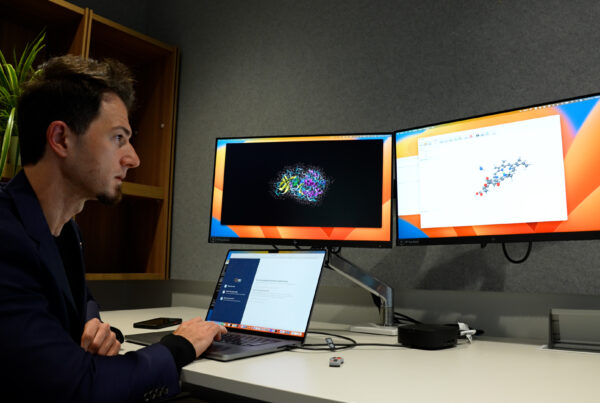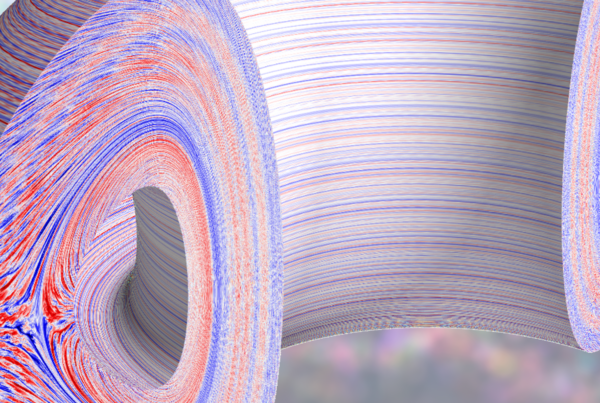Frontier is an exascale computer planned for delivery at the Oak Ridge Leadership Computing Facility in 2021. The system will support a wide range of scientific applications for advanced modeling and simulation, as well as high-performance data analytics and artificial intelligence. In the “Science at Exascale” Q&A series, researchers working on these next-generation scientific applications discuss what they hope to achieve on Frontier.
Whole device modeling of plasmas in nuclear fusion reactors has never been attempted and requires the power of exascale computing for realization at high fidelity. The Whole Device Modeling of Magnetically Confined Fusion Plasmas (WDMApp) project aims to model a whole tokamak plasma and produce predictive results based on realistic plasma parameters.
WDMApp is currently developing a simulation code that describes the entire plasma domain, including the core and boundary plasma, coupled together using the fundamental equations of plasma dynamics. One of the project’s major challenges lies in coupling different computational methodologies and codes to describe turbulence interactions in the core of the plasma versus those occurring at the edge of the plasma. The types of turbulence are qualitatively different and exhibit vastly different space and time scales, so scientists must take a multiscale approach to this problem.
High-fidelity exascale simulations of a tokamak plasma that include turbulent dynamics will provide scientists with a realistic description of systems similar to the ITER tokamak in France, which is expected to produce 10 times the power required to drive it. Scientists working on WDMApp hope to gain a 50-fold speedup in their code on the US Department of Energy‘s Frontier, which would have enormous scientific implications for the goal of fusion energy production.
 In this interview Amitava Bhattacharjee, principal investigator for WDMApp in the Exascale Computing Project, talks about how his team will use machines like Frontier to simulate plasma combinations that have been impossible without exascale systems.
In this interview Amitava Bhattacharjee, principal investigator for WDMApp in the Exascale Computing Project, talks about how his team will use machines like Frontier to simulate plasma combinations that have been impossible without exascale systems.
In this project, you’re modeling both the core and the edge of the plasma in a fusion reactor. Is that something that’s been done before?
Bhattacharjee: No. This is the first time in the history of the fusion program that an attempt to couple these two separate codes has been made. What our application will do is predict from first principles the quality of energy confinement in ITER, operating in one of its advanced scenarios.
What will Frontier enable you to do?
Bhattacharjee: We eagerly look forward to Frontier because, for the first time in computing history, we will be able to attempt a whole device model of a tokamak plasma at high fidelity using equations that cover the entire domain of the plasma. The predictions we can make from these kinds of simulations are really important for ITER to achieve its highest potential.
What impact will this have on people’s lives?
Bhattacharjee: Although this is a highly complex problem, the reward will be great. Fusion, in as much as it produces virtually unlimited energy from seawater with no carbon footprint, would be the ultimate solution to mankind’s energy needs. I can think of no aspiration greater than this.
UT-Battelle LLC manages Oak Ridge National Laboratory for DOE’s Office of Science, the single largest supporter of basic research in the physical sciences in the United States. DOE’s Office of Science is working to address some of the most pressing challenges of our time. For more information, please visit https://science.energy.gov.






